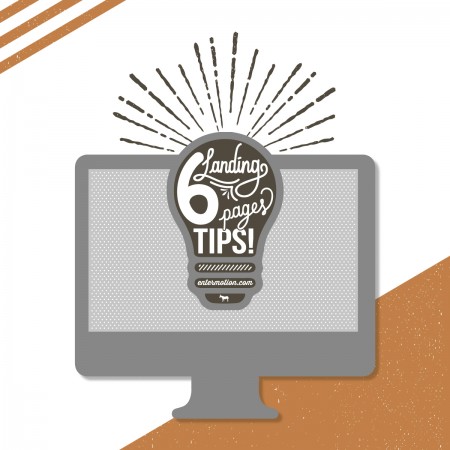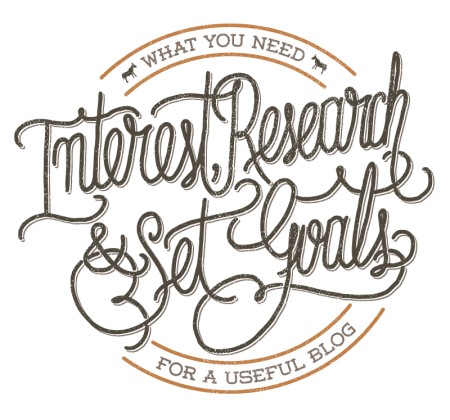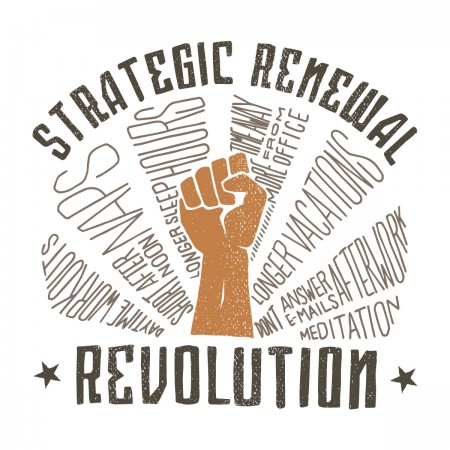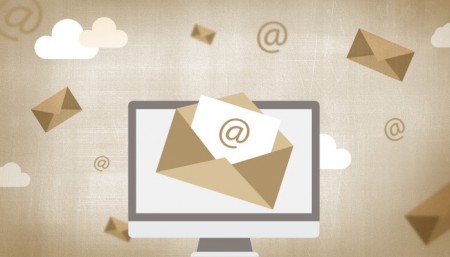The Deal With User Experience
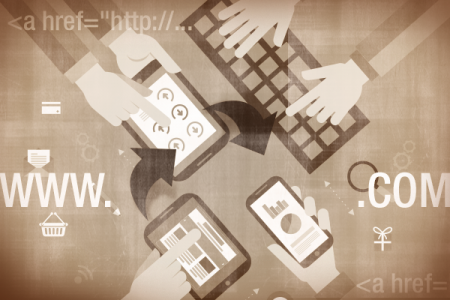
What should you put on your site? Where should your links go? How should you format your page? A lot of questions go into web design.
According to a study by Harald Weinreich, Hartmut Obendorf, Eelco Herder, and Matthias May, the world of websites has changed in the last 10 years. This study found that “users return less frequently to previously visited pages.” So what does that mean for our websites?
It means that you have to think about creating forward-propelled content. Instead of forcing your readers to go back to previous pages, you want make sure that each page includes all of the information that you want them to receive.You should create a footer with your logo and contact information so users don’t have to click around to find it.
The Weinreich, Obendorf, Herder, and May study also found that “pages visited for less than 12 seconds…had an average number of 430 words” and if your webpage appears on the second half of the Google search results page, your site will receive less clicks than the results on the next page.
Here’s what this means for you:
- You should provide scannable content.
- You should provide metadata so your site shows up early on Google results.
- You should make sure your pages load quickly — users will move on if your page doesn’t load fast enough.
- You should place your most important links in the upper left quadrant of the browsing window.
The way people read online content is always changing, but the one thing that probably won’t ever change is the fact that if you have good, relevant content, your users will enjoy coming back to your site.
